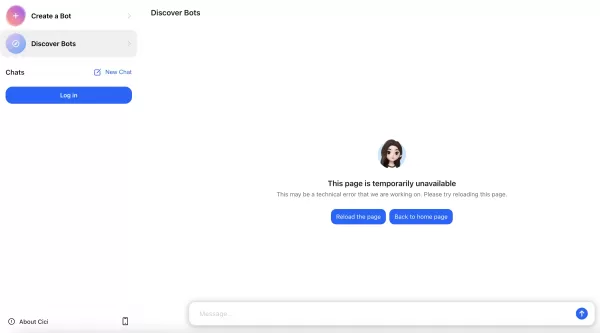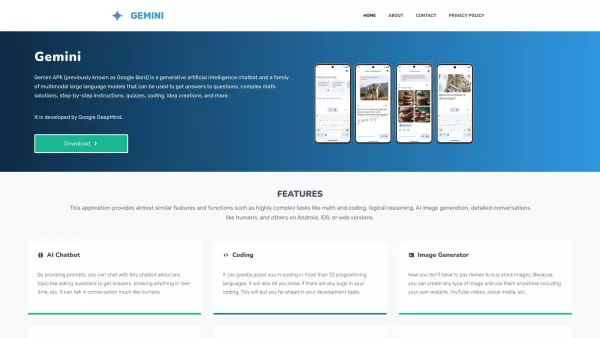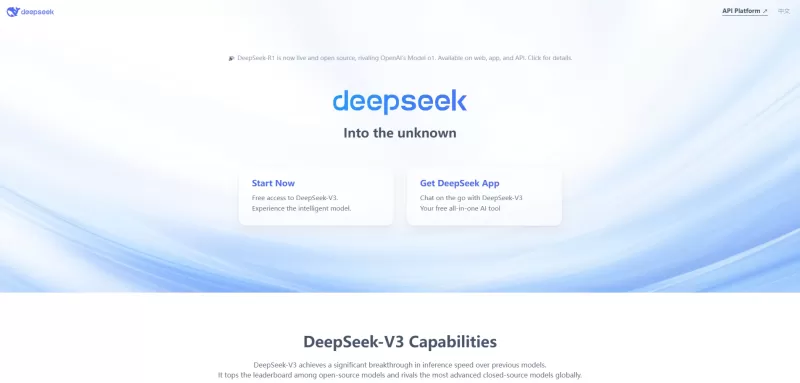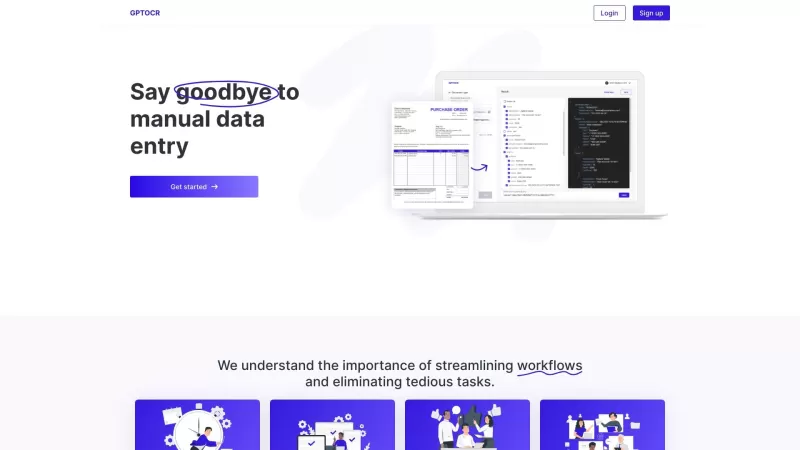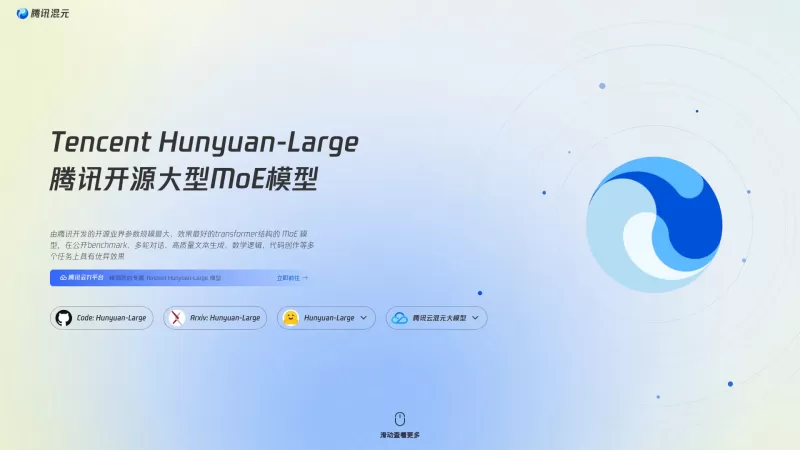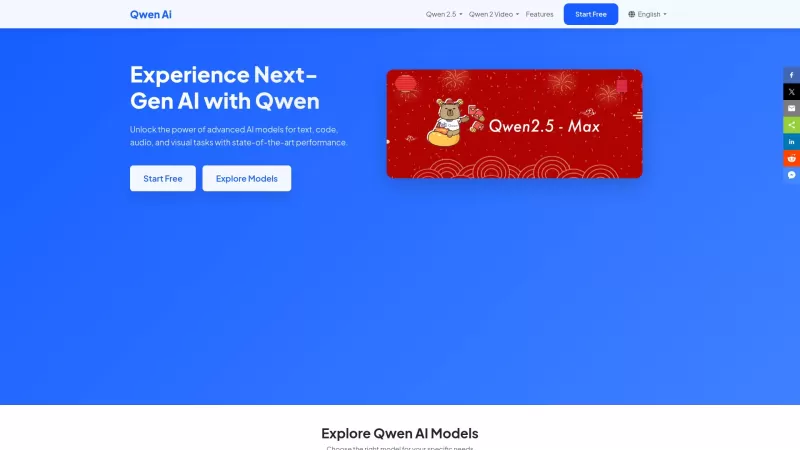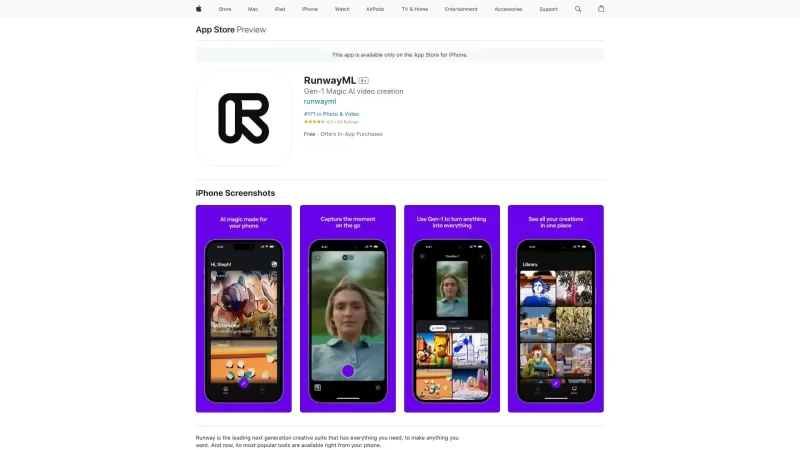An AI model from over a decade ago sparked Nvidia’s investment in autonomous vehicles
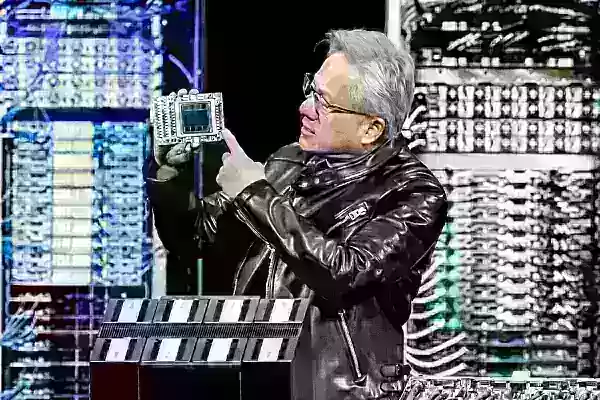
Nvidia CEO Jensen Huang delivered a keynote at the GTC 2025 conference that was packed with exciting announcements. But amidst all the new tech talk, he also took a moment to delve into a bit of history.
During the automotive segment of his speech, Huang brought up AlexNet, a neural network architecture that became famous back in 2012 after winning a computer image-recognition competition. AlexNet, designed by computer scientist Alex Krizhevsky along with Ilya Sutskever, who later co-founded OpenAI, and AI researcher Geoffrey Hinton, scored an impressive 84.7% accuracy in the ImageNET academic competition.
This achievement sparked a renewed interest in deep learning, a specialized area of machine learning that utilizes neural networks.
The Impact of AlexNet on Nvidia
Huang shared that seeing AlexNet was a pivotal moment for Nvidia. "The moment I saw AlexNet — and we’ve been working on computer vision for a long time — the moment I saw AlexNet was such an inspiring moment, such an exciting moment," he remarked during his speech. This revelation prompted Nvidia to fully commit to the development of self-driving cars. "It caused us to decide to go all in on building self-driving cars. So we’ve been working on self-driving cars now for over a decade. We build technology that almost every single self-driving car company uses."
Nvidia's Automotive Partnerships
Nvidia has since forged numerous partnerships with automakers, automotive suppliers, and tech companies focused on autonomous vehicles. The latest of these is an expanded collaboration with GM, announced just today.
Companies like Tesla, Wayve, and Waymo rely on Nvidia GPUs for their data centers. Others are using Nvidia’s Omniverse product to create "digital twins" of factories, allowing them to test production processes and design vehicles in a virtual environment. Meanwhile, automakers such as Mercedes, Volvo, Toyota, and Zoox are utilizing Nvidia’s Drive Orin system-on-chip, which is built on the Nvidia Ampere supercomputing architecture. Additionally, Toyota and others are implementing Nvidia’s safety-focused operating system, DriveOS.
Nvidia's Influence in the Automotive Industry
In essence, Nvidia's technology has become deeply integrated into the automotive sector, particularly in the realm of automated driving.
Related article
 Two Charged in Scheme to Illegally Export AI Chips to China
The U.S. Department of Justice (DOJ) announced Tuesday that two Chinese nationals were apprehended for allegedly orchestrating the illegal export of high-performance AI chips, valued at tens of millio
Two Charged in Scheme to Illegally Export AI Chips to China
The U.S. Department of Justice (DOJ) announced Tuesday that two Chinese nationals were apprehended for allegedly orchestrating the illegal export of high-performance AI chips, valued at tens of millio
 Oracle's $40B Nvidia Chip Investment Boosts Texas AI Data Center
Oracle is set to invest approximately $40 billion in Nvidia chips to power a major new data center in Texas, developed by OpenAI, as reported by the Financial Times. This deal, one of the largest chip
Oracle's $40B Nvidia Chip Investment Boosts Texas AI Data Center
Oracle is set to invest approximately $40 billion in Nvidia chips to power a major new data center in Texas, developed by OpenAI, as reported by the Financial Times. This deal, one of the largest chip
 Nvidia’s Earnings: Beyond Export Restrictions to New Hardware Demand
Nvidia will announce its fiscal 2026 first-quarter earnings, ending April 27, after market close on Wednesday.While U.S. chip export controls have stirred concerns about Nvidia’s global chip sales and
Comments (25)
0/200
Nvidia’s Earnings: Beyond Export Restrictions to New Hardware Demand
Nvidia will announce its fiscal 2026 first-quarter earnings, ending April 27, after market close on Wednesday.While U.S. chip export controls have stirred concerns about Nvidia’s global chip sales and
Comments (25)
0/200
![RalphWalker]() RalphWalker
RalphWalker
 August 7, 2025 at 2:01:06 PM EDT
August 7, 2025 at 2:01:06 PM EDT
It's wild to think AlexNet from over a decade ago kicked off Nvidia's autonomous vehicle push! 🚗💨 Jensen's keynote got me hyped about how far AI's come since then.


 0
0
![WalterNelson]() WalterNelson
WalterNelson
 August 4, 2025 at 2:48:52 AM EDT
August 4, 2025 at 2:48:52 AM EDT
Wow, AlexNet sparking Nvidia’s autonomous vehicle push is wild! Who knew a decade-old AI could steer the future of cars? 🚗 Excited to see where this tech takes us!


 0
0
![RaymondAdams]() RaymondAdams
RaymondAdams
 August 2, 2025 at 11:07:14 AM EDT
August 2, 2025 at 11:07:14 AM EDT
Nvidia’s throwback to AlexNet in Jensen Huang’s keynote was such a cool nod to AI history! 😎 It’s wild to think a decade-old model kickstarted their autonomous vehicle push. Wonder how far we’ll go in the next ten years?


 0
0
![RalphGonzález]() RalphGonzález
RalphGonzález
 July 29, 2025 at 8:25:16 AM EDT
July 29, 2025 at 8:25:16 AM EDT
That AlexNet throwback at GTC 2025 was wild! 😮 Who knew a decade-old AI model kicked off Nvidia’s self-driving car push? Jensen’s keynote got me thinking—imagine where we’d be without that spark! 🚗💨


 0
0
![EdwardSmith]() EdwardSmith
EdwardSmith
 July 27, 2025 at 9:19:05 PM EDT
July 27, 2025 at 9:19:05 PM EDT
I had no idea AlexNet from way back kicked off Nvidia's self-driving push! 🤯 It's wild how a decade-old AI model still shapes today's tech. Curious to see where this goes next!


 0
0
![EricRoberts]() EricRoberts
EricRoberts
 April 25, 2025 at 4:00:08 AM EDT
April 25, 2025 at 4:00:08 AM EDT
アレックスネットがNvidiaの自動運転車への投資のきっかけだったなんて驚き!ジェンスン・ファンのGTC 2025での基調講演は素晴らしかったけど、この歴史的な話が特に印象的だった。これまでの進歩を実感できたよ。これからも楽しみだね!🚀


 0
0

Nvidia CEO Jensen Huang delivered a keynote at the GTC 2025 conference that was packed with exciting announcements. But amidst all the new tech talk, he also took a moment to delve into a bit of history.
During the automotive segment of his speech, Huang brought up AlexNet, a neural network architecture that became famous back in 2012 after winning a computer image-recognition competition. AlexNet, designed by computer scientist Alex Krizhevsky along with Ilya Sutskever, who later co-founded OpenAI, and AI researcher Geoffrey Hinton, scored an impressive 84.7% accuracy in the ImageNET academic competition.
This achievement sparked a renewed interest in deep learning, a specialized area of machine learning that utilizes neural networks.
The Impact of AlexNet on Nvidia
Huang shared that seeing AlexNet was a pivotal moment for Nvidia. "The moment I saw AlexNet — and we’ve been working on computer vision for a long time — the moment I saw AlexNet was such an inspiring moment, such an exciting moment," he remarked during his speech. This revelation prompted Nvidia to fully commit to the development of self-driving cars. "It caused us to decide to go all in on building self-driving cars. So we’ve been working on self-driving cars now for over a decade. We build technology that almost every single self-driving car company uses."
Nvidia's Automotive Partnerships
Nvidia has since forged numerous partnerships with automakers, automotive suppliers, and tech companies focused on autonomous vehicles. The latest of these is an expanded collaboration with GM, announced just today.
Companies like Tesla, Wayve, and Waymo rely on Nvidia GPUs for their data centers. Others are using Nvidia’s Omniverse product to create "digital twins" of factories, allowing them to test production processes and design vehicles in a virtual environment. Meanwhile, automakers such as Mercedes, Volvo, Toyota, and Zoox are utilizing Nvidia’s Drive Orin system-on-chip, which is built on the Nvidia Ampere supercomputing architecture. Additionally, Toyota and others are implementing Nvidia’s safety-focused operating system, DriveOS.
Nvidia's Influence in the Automotive Industry
In essence, Nvidia's technology has become deeply integrated into the automotive sector, particularly in the realm of automated driving.
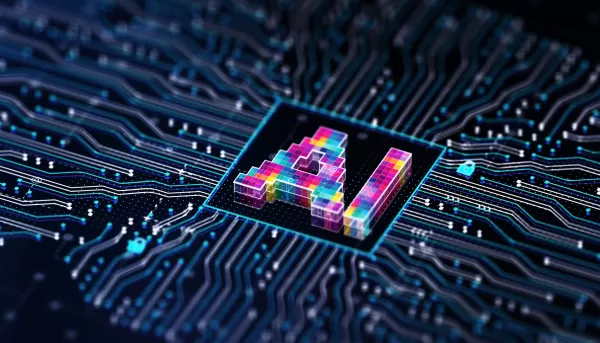 Two Charged in Scheme to Illegally Export AI Chips to China
The U.S. Department of Justice (DOJ) announced Tuesday that two Chinese nationals were apprehended for allegedly orchestrating the illegal export of high-performance AI chips, valued at tens of millio
Two Charged in Scheme to Illegally Export AI Chips to China
The U.S. Department of Justice (DOJ) announced Tuesday that two Chinese nationals were apprehended for allegedly orchestrating the illegal export of high-performance AI chips, valued at tens of millio
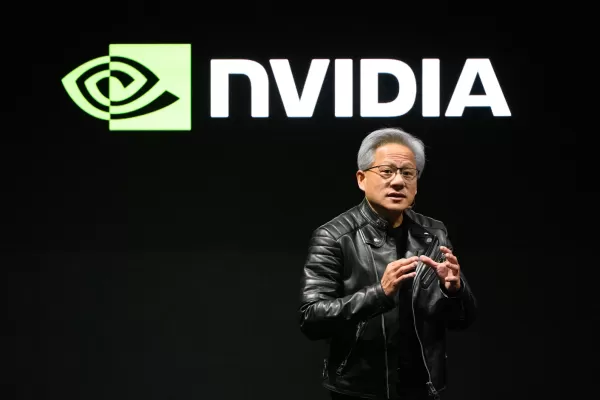 Nvidia’s Earnings: Beyond Export Restrictions to New Hardware Demand
Nvidia will announce its fiscal 2026 first-quarter earnings, ending April 27, after market close on Wednesday.While U.S. chip export controls have stirred concerns about Nvidia’s global chip sales and
Nvidia’s Earnings: Beyond Export Restrictions to New Hardware Demand
Nvidia will announce its fiscal 2026 first-quarter earnings, ending April 27, after market close on Wednesday.While U.S. chip export controls have stirred concerns about Nvidia’s global chip sales and
 August 7, 2025 at 2:01:06 PM EDT
August 7, 2025 at 2:01:06 PM EDT
It's wild to think AlexNet from over a decade ago kicked off Nvidia's autonomous vehicle push! 🚗💨 Jensen's keynote got me hyped about how far AI's come since then.


 0
0
 August 4, 2025 at 2:48:52 AM EDT
August 4, 2025 at 2:48:52 AM EDT
Wow, AlexNet sparking Nvidia’s autonomous vehicle push is wild! Who knew a decade-old AI could steer the future of cars? 🚗 Excited to see where this tech takes us!


 0
0
 August 2, 2025 at 11:07:14 AM EDT
August 2, 2025 at 11:07:14 AM EDT
Nvidia’s throwback to AlexNet in Jensen Huang’s keynote was such a cool nod to AI history! 😎 It’s wild to think a decade-old model kickstarted their autonomous vehicle push. Wonder how far we’ll go in the next ten years?


 0
0
 July 29, 2025 at 8:25:16 AM EDT
July 29, 2025 at 8:25:16 AM EDT
That AlexNet throwback at GTC 2025 was wild! 😮 Who knew a decade-old AI model kicked off Nvidia’s self-driving car push? Jensen’s keynote got me thinking—imagine where we’d be without that spark! 🚗💨


 0
0
 July 27, 2025 at 9:19:05 PM EDT
July 27, 2025 at 9:19:05 PM EDT
I had no idea AlexNet from way back kicked off Nvidia's self-driving push! 🤯 It's wild how a decade-old AI model still shapes today's tech. Curious to see where this goes next!


 0
0
 April 25, 2025 at 4:00:08 AM EDT
April 25, 2025 at 4:00:08 AM EDT
アレックスネットがNvidiaの自動運転車への投資のきっかけだったなんて驚き!ジェンスン・ファンのGTC 2025での基調講演は素晴らしかったけど、この歴史的な話が特に印象的だった。これまでの進歩を実感できたよ。これからも楽しみだね!🚀


 0
0

